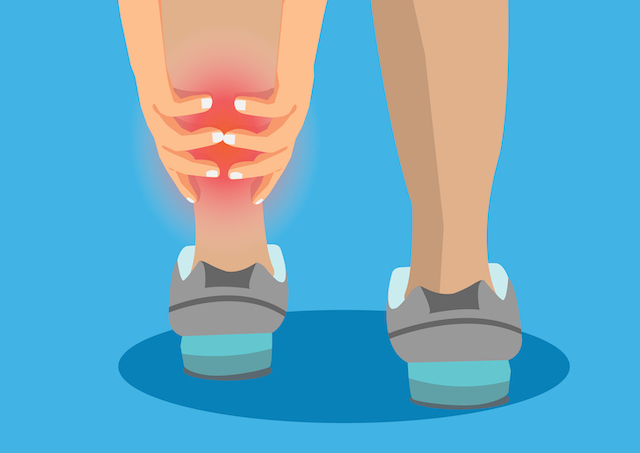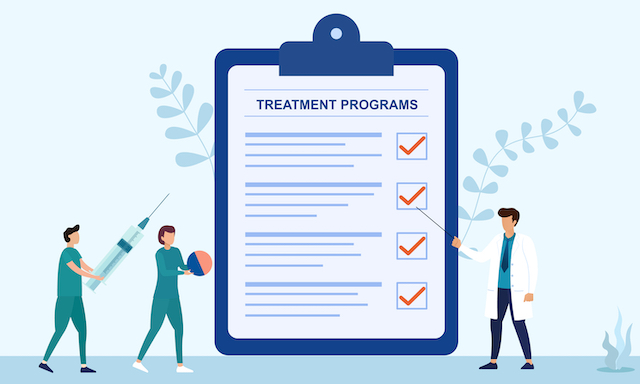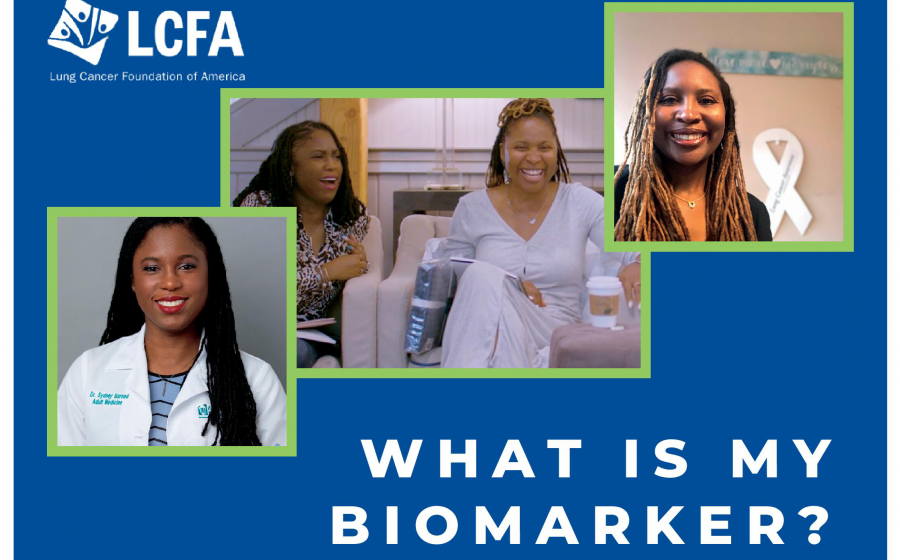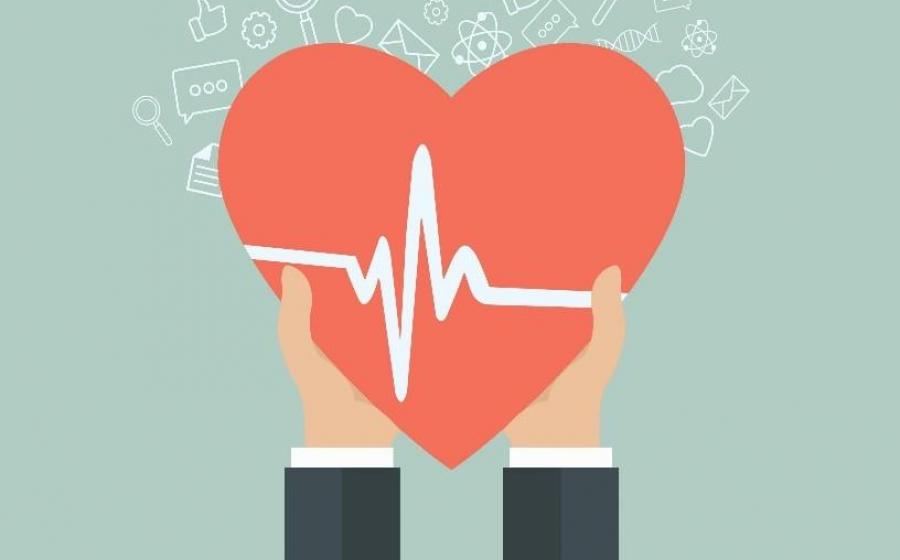Better Immunity is Just a Spray Away
TheraBreath, the world's leading dentist-founded oral health care brand, feels the same way. With their brand-new product, TheraBreath Immunity Support Oral Spray, they are doing their part to provide a quick and easy way for everyone-young and old -- to keep their immune systems working at their best.
TheraBreath Immunity Support Oral Spray is especially powerful because it helps boost your immunity in several ways. It contains extracts from acerola (a form of cherry) and also elderberry. Both of these fruits have strong antioxidant properties and are often used in immunity-boosting products. Elderberry in particular has a long history of use in health and healing going back to ancient Greek times.
"Our TheraBreath Immunity Support Oral Spray Supplement is an easy and tasty way to get the benefits of a multi-vitamin supplement and boost your immune system against the cold, the flu, and other airborne infections," says CEO and founder, Dr. Harold Katz, a dentist with an additional degree in bacteriology.
The spray also contains vitamin C, vitamin E, zinc, and copper. This combination of infection-fighters lines up to help muster your body's best natural defenses against illness. The spray contains no artificial colors or dyes, and it is certified vegan and gluten-free, as well as NSF certified, with a cherry lemonade flavor that appeals to all ages.
Use TheraBreath Immunity Support Oral Spray as needed throughout the day. The small bottle is easy to tuck into a purse, pocket, or backpack, so it is easy to stay healthy on the go as you resume activities.
Everyone has come to appreciate just how important it is to have a healthy immune system, not only in the winter months, but all year round, whether you are going to work, going to school, or just going to the grocery store. Airborne infections are always with us, but keeping a science-based, immune-strengthening product in your personal health toolkit can help keep you and your family safe and well.
Visit TheraBreath.com for more information about TheraBreath Immunity Support Oral Spray and other products in the TheraBreath family of oral health care. All TheraBreath products come with a money-back guarantee.

 - The pandemic created a major shift in the way people consume - and, more importantly, trust - information, especially as it relates to vaginal health. In fact, a
- The pandemic created a major shift in the way people consume - and, more importantly, trust - information, especially as it relates to vaginal health. In fact, a  - Seen one of those Camp Lejeune lawsuit ads lately? Of course you have. Lawyers seeking to represent victims sickened by the water at the North Carolina Marine Corps base have been running them seemingly non-stop ever since Congress passed a law last month allowing cases to finally proceed.
- Seen one of those Camp Lejeune lawsuit ads lately? Of course you have. Lawyers seeking to represent victims sickened by the water at the North Carolina Marine Corps base have been running them seemingly non-stop ever since Congress passed a law last month allowing cases to finally proceed.




 - Peripheral arterial disease (PAD) is a common condition affecting more than 12 million people in the U.S. However, symptom recognition is low: 50% of PAD patients have unrecognized symptoms, often brushed off as a result of aging. This September, during PAD Awareness Month, Dr. John Laird, vice president and chief medical officer of Peripheral Vascular Health at Medtronic, breaks down what to know about this common, but often misunderstood, disease.
- Peripheral arterial disease (PAD) is a common condition affecting more than 12 million people in the U.S. However, symptom recognition is low: 50% of PAD patients have unrecognized symptoms, often brushed off as a result of aging. This September, during PAD Awareness Month, Dr. John Laird, vice president and chief medical officer of Peripheral Vascular Health at Medtronic, breaks down what to know about this common, but often misunderstood, disease.



 - You may be among the
- You may be among the 
 - Despite advances in diagnosis and treatment, lung cancer remains a leading cause of death for Black men and women. In the United States, estimates suggest that more than 73,000 Black individuals will die from lung cancer in the next year alone.
- Despite advances in diagnosis and treatment, lung cancer remains a leading cause of death for Black men and women. In the United States, estimates suggest that more than 73,000 Black individuals will die from lung cancer in the next year alone. 
 - Pulse Check: 3 Things You May Not Know About the Most Common Heart Rhythm Disorder
- Pulse Check: 3 Things You May Not Know About the Most Common Heart Rhythm Disorder  -
- 








